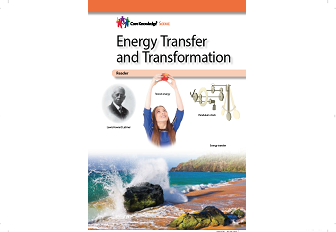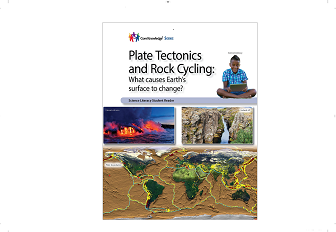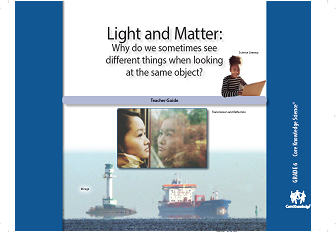About This Lesson
This unit engages students with the idea that whenever there is a change, there is at least one form of energy causing that change. Students investigate evidence of energy all around them—when they flip on a light switch, feel a car start to move, or hear a phone ring.
The relationship between energy and change becomes clearer when students understand that
- energy is observed in different forms, such as sound, light, thermal energy (heat), and electrical energy;
- all of these forms of energy can cause changes, such as when a high-pitched sound breaks glass or when heat melts butter;
- one form of energy can transform (convert) into another; and
- all change, in fact, is evidence of a transfer of energy or a transformation.
Students also learn that engineers use their knowledge of energy as they develop solutions to problems and build things that are useful to people. As a series of culminating activities, students explore the principles and practices of engineering design, such as scientifically defining a problem to be solved and evaluating and optimizing possible solutions.
Number of Lessons: 13
Instruction Time:
- Each Lesson is designed to be completed in one 30–45-minute class period. Some lessons may take more than one class period.
- Some single-day activities and performance tasks might require setting aside a longer block of time.
- This Unit should be completed in 20 classroom days.
- A Pacing Guide is provided within the Teacher Guide.
- A complete list of Materials needed to complete the unit is provided in Online Resources














